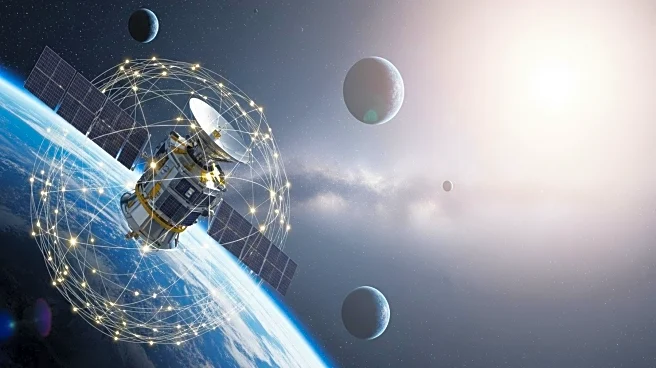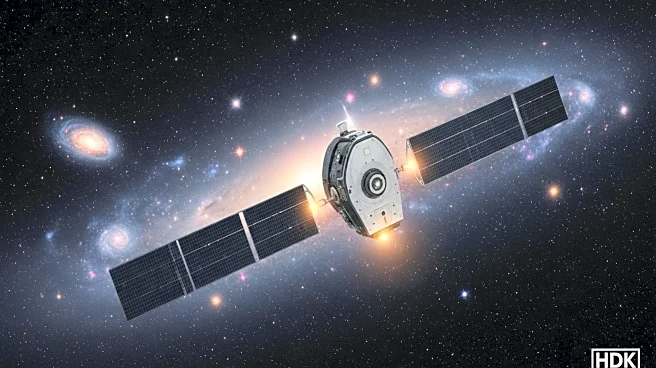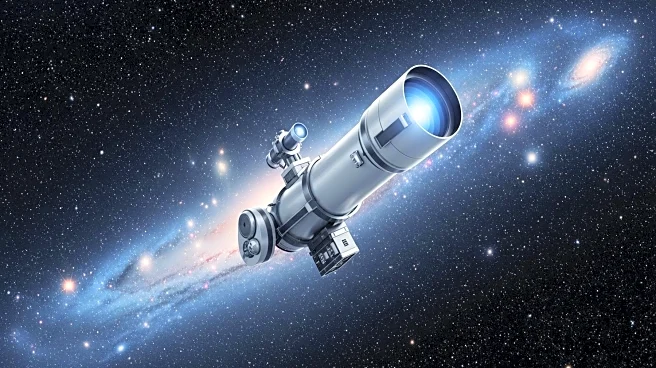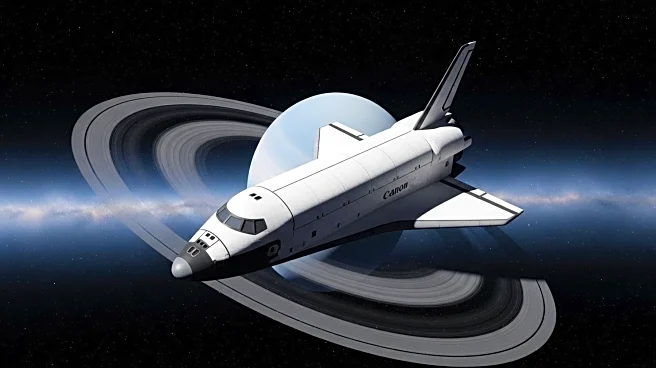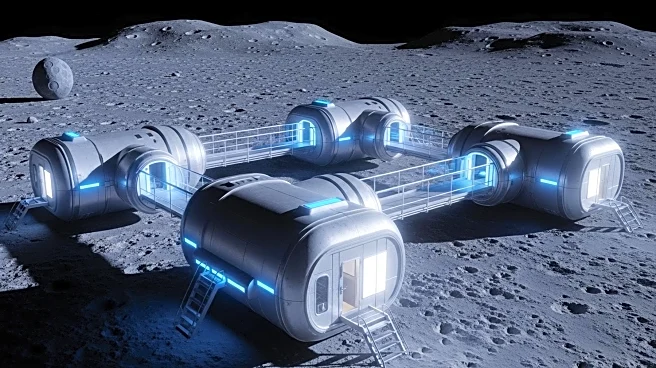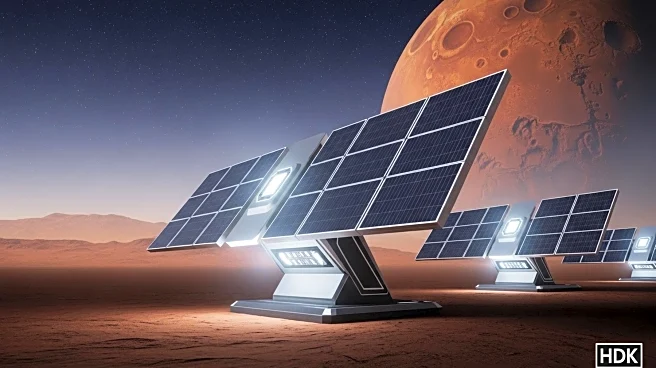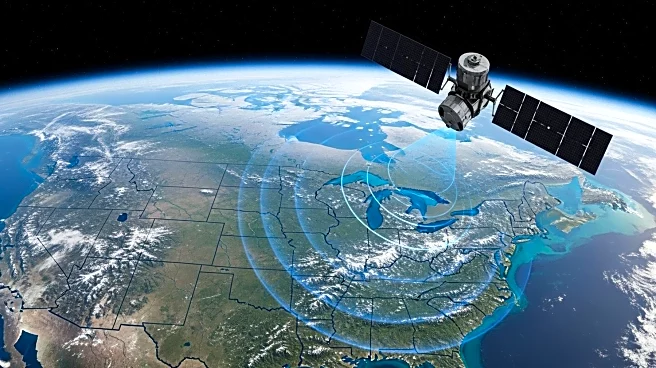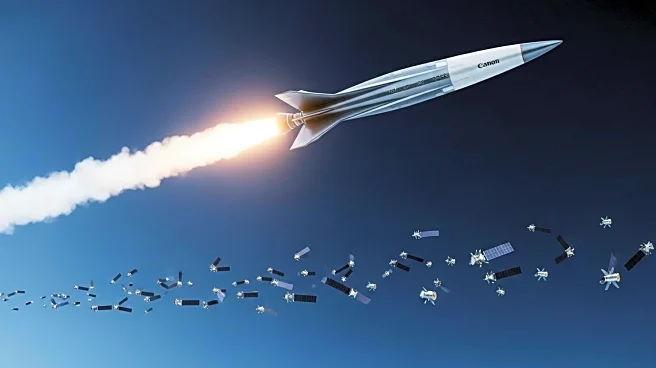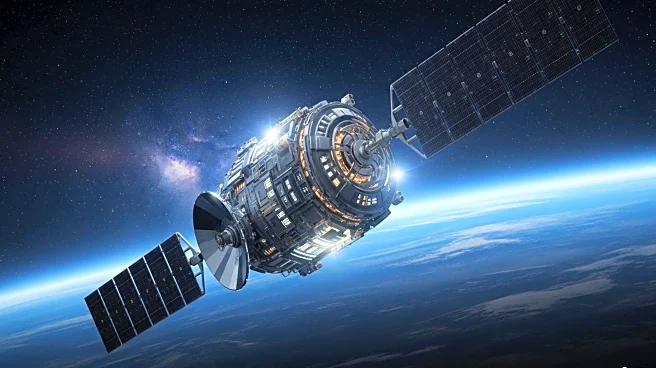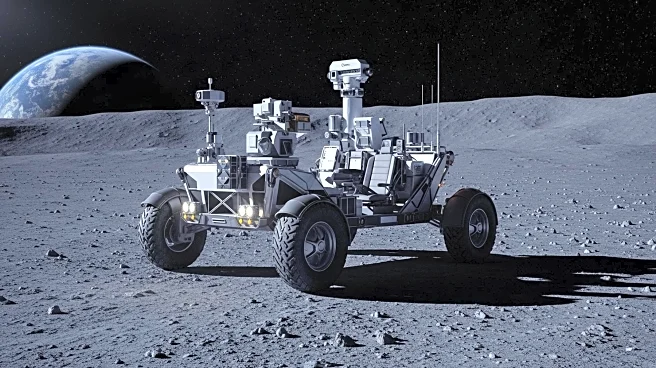What's Happening?
NASA has awarded a $30 million contract to Katalyst Space Technologies to rescue the Neil Gehrels Swift Observatory, a satellite launched in 2004 to study gamma-ray bursts. The satellite is at risk of uncontrolled deorbit due to its orbit eroding under Earth's atmospheric drag. The mission involves sending a robotic servicer to boost the satellite's orbit, a task complicated by the satellite's lack of docking hardware. The mission is set for launch in mid-2026, marking a first in commercial robotic spacecraft docking with an unprepared NASA satellite.
Why It's Important?
The rescue mission is significant as it aims to preserve a valuable scientific asset that has contributed to gamma-ray astronomy and multi-messenger astronomy. The initiative also serves as a proof of concept for satellite servicing, potentially shifting the industry towards designing satellites with serviceability in mind. Success could pave the way for routine servicing of scientific and national security satellites, enhancing U.S. space capabilities and leadership.
What's Next?
The mission is scheduled for launch in spring or early summer of 2026. If successful, it could extend the satellite's operational life and demonstrate rapid-response capabilities in space. The project also aims to showcase the potential for commercial partnerships in space missions, which could influence future satellite design and rescue operations.
Beyond the Headlines
The mission highlights the growing importance of satellite servicing as space becomes increasingly crowded. It could lead to a paradigm shift where satellites are viewed as upgradeable assets rather than disposable platforms, fostering innovation in space technology and operations.

